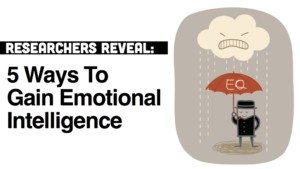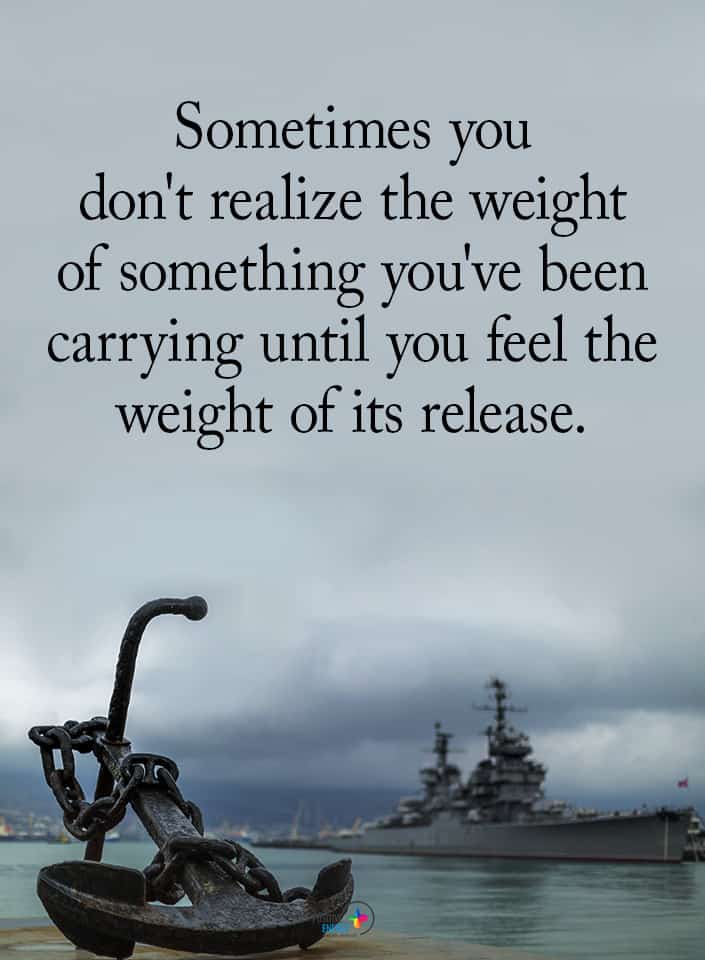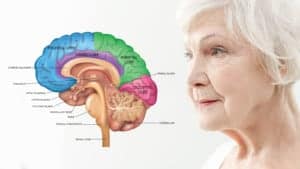Most of us work quite hard. In the majority of countries, the average workday is around 8 hours. Considering that we regularly sleep between 7 to 8 additional hours, that doesn’t leave much time left before getting up and doing it all over.
As such, it’s imperative to take advantage of the time we have to reduce stress and rejuvenate our bodies and mind. The best time to do this is in the evening when we (hopefully) have some peace and quiet.
So what do we do to promote this sense of relaxation? Well, if you’re like most Americans, you sit in front of the television. For almost 5 hours. Every day.
That right, we spend about as much time watching television (35.5 hours) as we do working each week.
The problem: television does little – if anything – for our health and wellbeing. If anything, TV watching promotes a sedentary lifestyle, making it less likely that we engage in physical exercise or some other activity that is conducive to health.
Worse, binging on television, playing video games, or engaging in some other form of digital media appears to correlate with negative mind states. Per a joint study undertaken by Germany and Dutch researchers, we’re more likely to interpret our TV time as a failure of self-control, driven by feelings of ego-depletion, guilt, and procrastination.
Most of us need to rethink our evening routines if we are to get the rejuvenation we so desperately need – not to mention, deserve.
Which brings us to the focus of this article: nighttime habits that can melt stress.
7 Healthy Habits That Help You Melt Stress
Habit #1: Get your mind out of “work mode.”
Here’s one sign that we work far too much: we can’t stop thinking about it. We can’t possibly decompress our overworked minds when we’re still ruminating about what happened at the office that day.
So why do people carry a workaround in their heads? There are many reasons. Perhaps an interaction with a customer made us upset, maybe that annoying co-worker won’t back off, or some pressing issue or task keeps intruding for our attention.
None of these are good reasons to ruminate about work. Work’s over with for the day. You’re not on the clock, and no one is paying you enough money to take your work home with you.
So try not to.
Here are a few practical ideas to help melt stress you carry home from work:
- Take the last 15-30 minutes to complete every small task that you can.
- Shut off your business phone if you have one
- End any work-related conversations before you leave the office
- Set the expectation that you will answer all messages and emails will within 24 hours
- Make a rule not to discuss work-related matters at home
Habit #2: Eat at the same time every night and in smaller quantities
This habit is all about getting your body ready for a good night’s sleep. There’s an intimate, complicated relationship between what and when we eat and our circadian rhythm (“sleep/wake cycle”). Making it a habit to eat dinner around the same time every night is more conducive to quality sleep.
Sleep researchers find a correlation between erratic sleeping and eating patterns and higher-calorie diets. While they’re unable to explain exactly why this relationship exists, it’s almost certainly suggestive of the intricate association between three things: nutrition, metabolism, and circadian rhythm.
Larger evening meals also disturb your circadian rhythm, which interferes with sleep. Instead of eating your most substantial meal during the evening, research suggests rescheduling it for the midafternoon hours and eating a light evening meal of no more than 500 calories. You’ll melt stress by rebalancing your melatonin and getting good shut-eye.
Habit #3: Review your day
A review of the day may be a good idea for helping you keep track of your progress and ease your mind. It’s also an excellent exercise for getting a head-start on the next day as opposed to rushing around the following day.
A daily review is especially helpful if you are making some significant life changes – or aspiring to do so.
Here are a few questions to get you started:
- Did I do what I set out to do? If no, why not?
- What approach works best for completing my most important tasks?
- Did I waste a disproportionate amount of time on something or many things? How can I avoid this in the future? Did I leave any essential tasks unfinished? Why?
- Looking at how the day transpired, am I closer or further away from my goals and aspirations? Why? What can I do better?
Regardless of how you answer these questions, do not reprimand yourself too harshly. You’re human, and the fact that you want to improve says a lot. Just resolve to do better tomorrow and leave it at that.
Habit #4: Write it down
If you find yourself ruminating about the day’s happenings, it may be a good idea to get it all out on paper. Keeping one journal for your nighttime “brain dumps” may help to solidify the habit. You may find it so relaxing that you look forward to journaling!
So what should you write down? Anything! Your brain droppings don’t need editing or forethought – they’re to be released. In this case, written down.
All you need to do is peek inside of your mind. What’s “on the surface” that is waiting to come out? This is the stuff that belongs in your journal, and probably consists of worries and fears for the most part. But don’t forget to add some encouraging words too!
There’s also a scientific rationale for writing things down to melt stress. According to the University of Rochester Medical Center, “journaling helps control [adverse mental and physical] symptoms and improve…mood by…[helping] you prioritize problems, fears, and concerns…[and providing] an opportunity for positive self-talking and identifying negative thoughts and behaviors.”
Habit #5: If you’re an exerciser, pay attention to your body at night
No, this doesn’t get you off of the hook for not exercising! Yes, it does imply that you should perhaps abstain from getting in your sweat session too close to bedtime.
Why? Because the evening hours are for rest and rejuvenation. More specifically, sleeping hours are essential for the recovery of muscles in particular, and the body in general.
For certain people, everything that makes exercise great (and healthy) may make it difficult to fall asleep! It wouldn’t seem that elevated heart rate, endorphins, and a revved-up metabolism would be compatible with quality rest.
However, per a study published in the Journal of Sleep Research, while “In sleep hygiene recommendations, intensive exercising is not suggested within the last 3 [hours] before bed time,” the authors found in their tests that “vigorous exercise does not disturb sleep quality.”
Different strokes, as they say.
Habit #6: Shut down the devices
Listen, we all love our smartphones and tablets. They’re super convenient and fun to play with – even in our jammies. According, to the National Sleep Foundation (NSF), the vast majority of us agree. Per an NSF article, 90 percent “admit to using a technological device during the hour before turning in.”
But all of this tech usage is disturbing our sleep—the reason: stimulation of the body and mind.
TVs, laptops, smartphones, tablets, and other electronic devices “[delay] your body’s internal clock…suppressing the release of the sleep-inducing melatonin,” says the NSF.
The culprit, as you’re no doubt aware of by now, is blue light, which, according to the American Association of Ophthalmology, “has been proven to affect the body’s circadian rhythm.”
The solution, per the AAO, is to limit screen time to 1-2 hours before bed. (Yes, even if you use a blue light filter!)
 Habit #7: Meditate for at least 15 minutes
Habit #7: Meditate for at least 15 minutes
Most of the “hippy-dippy” talk around meditation is flat-out wrong. No, you don’t need to be a Buddhist – or even religious – to practice meditation.
Meditation is a skill that people from pretty much every imaginable walk of life practice. It’s also a skill that, if practiced regularly over some time, can lead to long-term, healthy changes in the body and mind.
A publication arm of Harvard University, The Harvard Gazette, states:
“Studies have shown benefits against an array of both physical and mental [health conditions], including irritable bowel syndrome [IBS], fibromyalgia, psoriasis, anxiety, depression, and post-traumatic stress disorder [PTSD].”
Generally, the longer one engages in meditation practice, the more noticeable the benefits. However, even meditation masters agree that 10-15 per day may provide much-needed stress-relief, improved mood, less irritability, and enhanced focus.
Final Thoughts on Adopting Better Habits to Melt Stress
With the pressures of life, work, and family, it’s no wonder that we each carry a heavy load of stress. The silver lining, though, is that we can adopt better habits to melt stress. And with that release of stress, we can lead healthier and more enjoyable lives.



























